
Phosphate
240.00EGP 210.00EGP
فوسفیت
Installation
فوسفور
P : % 43 ( وزن / حجم )
بوتاسيوم K : % ۲۸
( وزن / حجم ) ماغنسيوم : أ % ( وزن / حجم )
Compound benefits
فوسفيت :
يزيد ويعزز من النمو الجذري يحسن الطعم والتخزين ولون محاصيل الفاكهة نتيجة تمكين النبات من زيادة المواد الصلبة وتحسين خواص الثمار .
يحسن النظام المناعي للنبات حيث يعمل على تحسين مستوى مقاومة النبات للأمراض الفطرية حيث يقي من :
القرعيات و البياض الزغبي والنقيقي و عفن التاج الجذري و البطاطس والطماطم و اللفحة المبكرة
والمتأخرة وعفن الجذور و البياض الزغبي والدقيقى و الفراولة وعفن الجذور والثمار
و الحمضيات و عفن جذور الحمضيات و التفاح
• العنب
Dosage and rate of use:
Application and time of use, usage rates and yield
Foliar spraying every 7 days during the crop growth period (vegetative, floral, fruitful) 1-3 cm/liter of water for vegetables
(tomatoes - potatoes - onions - cucumbers - cantaloupe)
Fertilizing with water. Irrigation 3 days after transplanting. Repeat 2 times a week. 1-1/2 liter/acre. Vegetables (after transplanting)
Foliar spraying every 7 days during the period of vegetative growth, flowering, and fruiting. 2-4 cm/liter of water for fruit and ornamental plants.
The addition is made with head water every 10 days during the growing season, 5 cm per 8 liters for fruit seedlings and ornamental plants (seedlings).
فوسفیت
Installation
فوسفور
P : % 43 ( وزن / حجم )
بوتاسيوم K : % ۲۸
( وزن / حجم ) ماغنسيوم : أ % ( وزن / حجم )
Compound benefits
فوسفيت :
يزيد ويعزز من النمو الجذري يحسن الطعم والتخزين ولون محاصيل الفاكهة نتيجة تمكين النبات من زيادة المواد الصلبة وتحسين خواص الثمار .
يحسن النظام المناعي للنبات حيث يعمل على تحسين مستوى مقاومة النبات للأمراض الفطرية حيث يقي من :
القرعيات و البياض الزغبي والنقيقي و عفن التاج الجذري و البطاطس والطماطم و اللفحة المبكرة
والمتأخرة وعفن الجذور و البياض الزغبي والدقيقى و الفراولة وعفن الجذور والثمار
و الحمضيات و عفن جذور الحمضيات و التفاح
• العنب
Dosage and rate of use:
Application and time of use, usage rates and yield
Foliar spraying every 7 days during the crop growth period (vegetative, floral, fruitful) 1-3 cm/liter of water for vegetables
(tomatoes - potatoes - onions - cucumbers - cantaloupe)
Fertilizing with water. Irrigation 3 days after transplanting. Repeat 2 times a week. 1-1/2 liter/acre. Vegetables (after transplanting)
Foliar spraying every 7 days during the period of vegetative growth, flowering, and fruiting. 2-4 cm/liter of water for fruit and ornamental plants.
The addition is made with head water every 10 days during the growing season, 5 cm per 8 liters for fruit seedlings and ornamental plants (seedlings).
Based on 0 reviews
|
|
|
0% |
|
|
|
0% |
|
|
|
0% |
|
|
|
0% |
|
|
|
0% |
Related products
Installation:
Nitrogen: 17%
Phosphorus: 44%
Compound features:
Dab Phosphoric. It is a fertilizer suitable for all irrigation systems and can be used as a spray on the leaves. It contains nitrogen, which is important for the formation of protoplasm, which makes up all living cells. It is also involved in the synthesis of amino acids, proteins, and chlorophyll. It contains high phosphorus in the form of di-aminophosphate with urea phosphoate, which dissolves quickly and is absorbed. Phosphorus is also responsible for the transformation of carbohydrates, such as starch into sugar, and is involved in the formation of energy-carrying substances. It also works to stimulate the roots. Phosphorus is also important for the formation of flowers and increasing flower formation. Fruits and helps in coloring and ripening the fruits
Usage rates
– Ground use: from 2 to 5 liters per artist, depending on the crop and the age of the plant
– Foliar use: 2-3 cm/L during the vegetative growth stage and before flowering
chemical composition
Nitrogen:12%
Calcium: 20%
Compound features
Calcium nitrate: A liquid fertilizer that contains calcium in the form of calcium nitrate. Therefore, it is an easy-to-absorb fertilizer for plants and treats calcium deficiency.
Liquid calcium nitrate fertilizer is used through modern irrigation methods, as well as sprayed on the leaves*
The importance of calcium for plants
Calcium plays a major role in the process of assimilation of enzymes and neutralizing the acidity of the alkaline solution
Calcium plays a major role in resisting some diseases that affect plant leaves by nourishing the cell walls
Calcium gives good characteristics to fruits in terms of shape, storage and marketing
Usage rates
Ground use: from 10:2 liters/acre, depending on age and type of crop
Foliar use: 2-3 cm/liter of water during the vegetative, flowering and fruiting growth stages
Installation:
Nitrogen:12%
Phosphorus: 12%
potassium:12%
Compound benefits
Vera fertilizer is characterized by containing balanced proportions of the major elements: nitrogen - phosphorus - potassium in the form of an easy-to-absorb grain. It is also loaded with a high percentage of amino acids, monosaccharides, and carboxylic acids, which expand and facilitate the absorption of major and minor elements through the leaves. Vera excels
A- With a high percentage of nitrogen, which facilitates foliar absorption and helps in the formation of a strong vegetative system.
2- The presence of a high percentage of phosphorus, which plays an important role in the flowering process and also works to warm the plant
3- Potassium, which facilitates foliar absorption, plays an important and major role in transporting nutrients to and from the cell. It also helps in the absorption of water, which increases the size of the fruits and the speed of their ripening. Stress over the news
Vera fertilizer contains amino acids that help the plant form a high concentration of hormones and enzymes and reduce the effect of...
Usage rates
Times of use: Drip irrigation, foliar spray per 100 liters of crop water
3-5 times 1 liter/acre 50-150 cm vegetables
4-6 times 1-2 liters/acre 50-200 cm of fruit
Nitrogen: 10%
Phosphorus: 30%
Potassium: 5%
Compound benefits
Safety Foss fertilizer is characterized by containing nitogen (urea phosphate), phosphorus, and potassium (potassium nitrate) in a pure form with a delay in absorption. It is also loaded with a high percentage of amino acids, monosaccharides, and carboxylic acids that facilitate and facilitate the absorption of major and minor elements through the leaves.
Safety Arc is characterized by the presence of a high percentage of phosphorus, which facilitates absorption. Phosphorus is included in the formation of energy-working materials. It also works to stimulate the roots. Phosphorus is also important for the formation of flowers and increasing fruit set. It also helps in coloring and ripening the fruits.
Safetyfos contains amino acids that help the plant to form a high concentration of hormones and enzymes and reduce the effect of stress on the plant. Safety Foss fertilizer contains high levels of microelements that help in treating the deficiency of elements in plants. Zinc and magnesium also have a significant enzymatic role that increases plant immunity.
Usage rates
Times of use: Drip irrigation, foliar spray per 100 liters of crop water
3-5 times 1 liter/acre 50-150 cm vegetables
4-6 times 1-2 liters/acre 50-200 cm of fruit
Installation:
Nitrogen: 19%
Phosphorus: 19%
Potassium: 19%
Compound features:
Potassium source fertilizer: Potassium nitrate is quickly soluble and absorbed
Phosphorus source fertilizer: urea phosphoric acid and diaminophosphate, which dissolves quickly and absorbs quickly.
High-purity crystalline fertilizer that is completely soluble in water
It has an acidic effect, which increases the ability of micro and macro elements to be absorbed
Branching increases in both vegetable and fruit crop seedlings
Green Line balanced fertilizer for foliar spray
Usage rates
| stage to use | Dosage (kg/acre/day) | The crop |
| Immediately after transplanting | 2-3 | Vegetables |
| Before flowering | 2-4 | the fruit |
| Branching stages | 1.5-2 | Field crops |
Installation:
Ammonium nitrogen: 1.36%
Nitrate nitrogen: 8.45%
Calcium: 10%
Total nitrogen: 10%
Compound features:
Supercalcium carbonate: an energy compound that works to liberate calcium so that it becomes a cation
Which facilitates and accelerates its rapid absorption and entry into the plant. Also, the presence of the element in the form of a free cation makes the element work within the plant in functional tasks quickly, which reduces calcium deficiency and prevents the appearance of symptoms of calcium deficiency on the plant. Supercalcium chloride increases the plant's immunity against fungal infection.
Supercalciumporer (salt repellent)
The presence of the calcium element in the compound in the form of a free cation facilitates and accelerates the association of the calcium element with chlorine and the expulsion of the sodium element, which is washed through the irrigation water.
the definition:
Fina Bayer is available in the form of a concentrate that can be emulsified and the use of natural solvents makes the compound’s efficiency higher than the permeability through the skin of the caterpillars, as well as the local permeability in the leaf epidermis, which facilitates the access of the active substance to the larvae located under the leaf epidermis, such as (tunnel makers - Tuta absoluta).
Venapyr is an acaricidal and insecticide. It belongs to a new chemical group (pyrrole) that was discovered among natural insecticides.
Vinapyr is an acaricide with a very effective and long-lasting effect against various acaricides, thus protecting crops during the growing season with fewer sprays compared to many sprays with other pesticides.
Venapyr is an acaricide with a new, distinctive and effective formula against acaricides that have gained immunity from other acaricides. Tests showed that there are no strains resistant to the active ingredient chlorfenapyr.
Pre-harvest period, usage rate, crop pest
3 days 300 cm/acre beet fly sugar beet
21 days 75 cm/100 liters of water Citrus scale insects
Global connections:
Usage rate, crop lesion
250 cm/100 liters of onion thrips
50 cm/100 liters of water from potato manna
50 cm/100 liters of manna water, bean tunnel makers
100-125 cm/100 liters of water: aphids, whiteflies, cucurbit thrips
100 cm / 100 liters of water Aphids, whiteflies, mealybugs, scale insects, ornamental plants
100 cm / 100 liters of water, manna, jassid, peach - apricot
350 cm/acre, injected with drip irrigation for grape mealybugs
350 cm / 100 liters of water or 500 cm / acre by injection with drip irrigation Tunnel makers, mealybugs, citrus scale insects
20-30 cm/palm 100 cm/100 liters of water Red palm weevil, palm scale insects
Installation:
Nitrogen 5%
Potassium: 18%
Compound features:
Which gives the compound the following advantages K Which gives the compound the following advantages
Ease of absorption of the element, as the plant depends on absorbing the element through cation exchange, and this means that the plant takes full advantage of all the amount of potassium present in the Joker Safety, in a short time.
Absorption of the element and its entry into the plant in the form of a cation K Free means that the element performs its function inside the plant, which is the process of transporting nutrients inside the fruits. This is what distinguishes Joker Safety fertilizer and makes it give quick results immediately after fertilization, and the speed of storage in the fruits as a result of fertilization with Joker Safety gives quick and noticeable results in sizing the fruits.
It gives the plant all its potassium needs from the day of planting until harvest, without the need to add any other source of potassium.
:معدالات the use
Half a liter to 3 liters per acre, depending on the age of the plant
المادة الفعالة : ابعيداگلوبرید ۲۰
المجموعة الكيماوية انيونيكوتينويد
التعريف مبيد حشري نيونيكوتينويديكافح العديد من أنواع الأفات الحشرية ويستخدم على العديد من المحاصيل الحقلية والخضر والفاكهة .
مناسب لبرامج المكافحة المتكاملة . يحافظ على البيئة والأعداء الحيوية نظرا لفاعليته في مكافحة الأفات فانه يزيد المحصول ويحسن جودته مناسبا في التصدير
65 in stock
مكونات السماد
|
العناصر |
التركيز ( % ) |
|
الفوسفور ( p ) |
15 % , 12.5 % |
|
الكالسيوم (CaO) |
4.5 % |
| الكبريت (S) |
2.5 % |
يعتبر من اكثر الاسمدة الفوسفاتية استخداما فى مرحلة تجهيز التربة قبل بداية الزراعة وفى بداية موسم النمو لمختلف انواع الاشجار نثراً على سطح التربة
ثم يخلط مع طبقة سطح التربة أثناء الحرث حيث يتميز بأنه سماد ذو تأثير ممتد المفعول يحتوى على عنصر الفسفور الضرورى للنبات كما يحتوى على الجبس
والذى يعتبر مصدر امداد النبات بعنصر الكالسيوم بالاضافة الى تأثيره المفيد فى زيادة نسبة الكالسيوم المتبادل وبالتالى تحسين الخواص الطبيعية للتربة
أهمية إستخدام المركب
غذاء رئيسى للنبات له تآثير طويل المفعول
يوجد الفسفور فى صورة سهلة الإمتصاص عن طريق الجذور مما يؤدى إلى زيادة نسبة الإنبات والإزهار
الفوسفور يحسن من جودة الثمار والخضر والحبوب و إمتلاء القرون فى البقوليات
الفسفور عنصر هام فى جميع التفاعلات الإنزيمية اللازمة لتكوين وترحيل المركبات الكربوهيدراتية مما يزيد من جودة المنتج
الفسفور عصر هام فى عملية التمثبل الضوئى والتنفس ونقل وتخزين الطاقة داخل النبات
الفسفور أحد المركبات الهامة فى نواة الخلية و ذلك لأن وجوده أساسى لإتمام عملية إنقسام الخلية
يساعد على سرعة النضج و تكوين البذور
الكالسيوم عنصر هام فى مقاومة النبات للملوحة
الكبريت عنصر هام فى تنشيط العقد البكتيرية مما يرفع من معدلات تكوين البروتين
يخزن لمدة طويلة دون أن يتحجر
يخدم الأرض لأكثر من محصول على مدار السنة الزراعية
يخلط مع الاسمدة العضوية والكمبوست و لا يخلط مع معظم المبيدات
مواعيد و طرق التسميد
يضاف السماد خلال مراحل النمو الأولى للنبات لزيادة و تقوية المجموع الجذرى
يضاف فى مرحلة تكوين البراعم الزهرية لتحسين الأزهار والعقد
يستخدم لجميع المحاصيل الحقلية و محاصيل الخضر و الفاكهة
بالنسبة للمحاصيل الحقلية والخضروات المحمية و المكشوفة
ينثر السماد بصورة منتظمة فى الحقل خاصة قبيل الحرثة الأخيرة بمعدل من 4 – 6 شكاير للفدان (200-300 كجم/فدان)
بالنسة لأشجار الفاكهة
يوضع السماد قبيل جريان العصارة فى النبات أى فى نهاية فصل الستاء وقبيل دخول فصل الصيف للأشجار
ويضاف بمعدل من 6-8 شكاير للفدان ( 300 – 400 كجم / فدان )
Active ingredient: chloropyrifos: 48
Chemical group and organic phosphorus
the definition:
. Chlorestan is available in the form of an emulsifiable preparation
The use of natural solvents makes the compound more efficient in terms of permeability through the skin of the larvae, as well as local permeability to the leaf epidermis, which facilitates the access of the active substance to the larvae located under the epidermis of the leaf, such as (tunnel makers - Tuta absoluta).
Impact method
Chlorestan is well touched and contagious
Chlorestan causes rapid paralysis of treated insect pests, they stop feeding, and eventually die
Installation:
Nitrogen:10%
potassium:20%
Benefits of the compound: Line Potash fertilizer is characterized by containing nitrogen and potassium in pure, easy-to-absorb form. It is also loaded with a high percentage of amino acids and carboxylic acids that expand and facilitate the absorption of major and minor elements through the leaves. Line Potash is characterized by the presence of a high percentage of potassium, which facilitates absorption. Line Potash contains amino acids that help the plant to form a high concentration of hormones and enzymes and reduce the effect of stress on the plant.
The importance of potassium for plants
It plays an important role in the mechanics of opening and closing stomata and thus controls the water balance within the plant
It plays an essential role in activating important enzymes in protein formation
It plays a role in the formation of carbohydrates at the fruit formation stage
It has an important role in the apical dominance of the plant
It will help absorb water and nutrients and transfer them to the leaves
Transports mineral salts and carbohydrates to water
Usage rates
Times of use: Drip irrigation, foliar spray per 100 liters of crop water
3-5 times 1 liter/acre 50-150 cm vegetables
4-6 times 1-2 liters/acre 50-200 cm of fruit
38 in stock

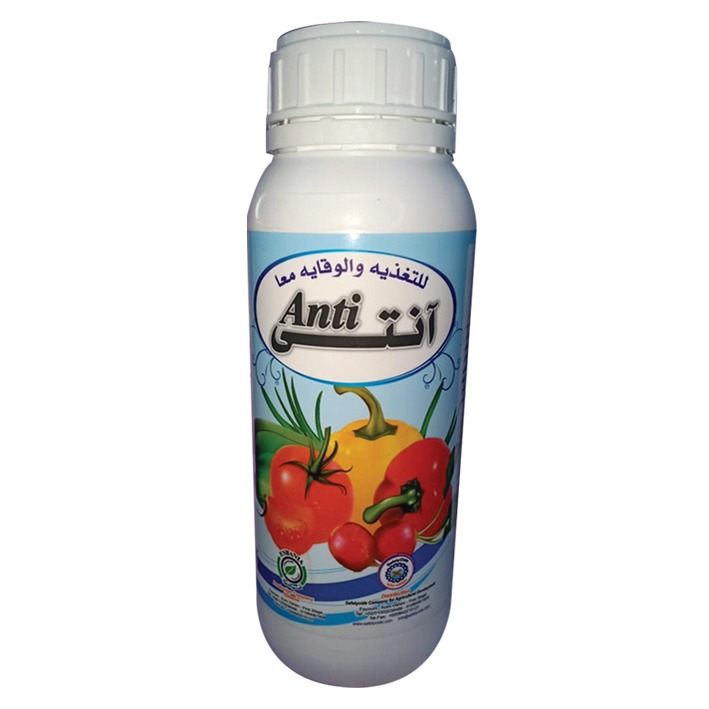

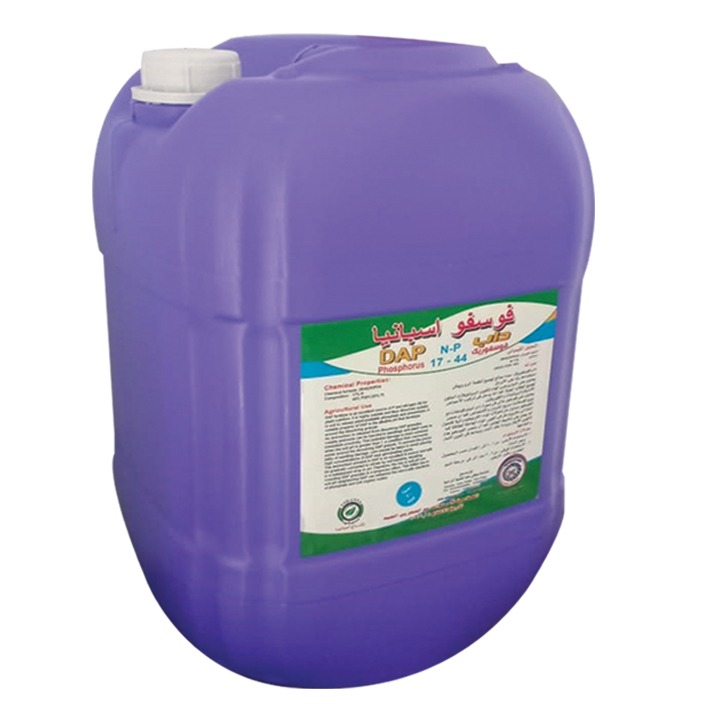

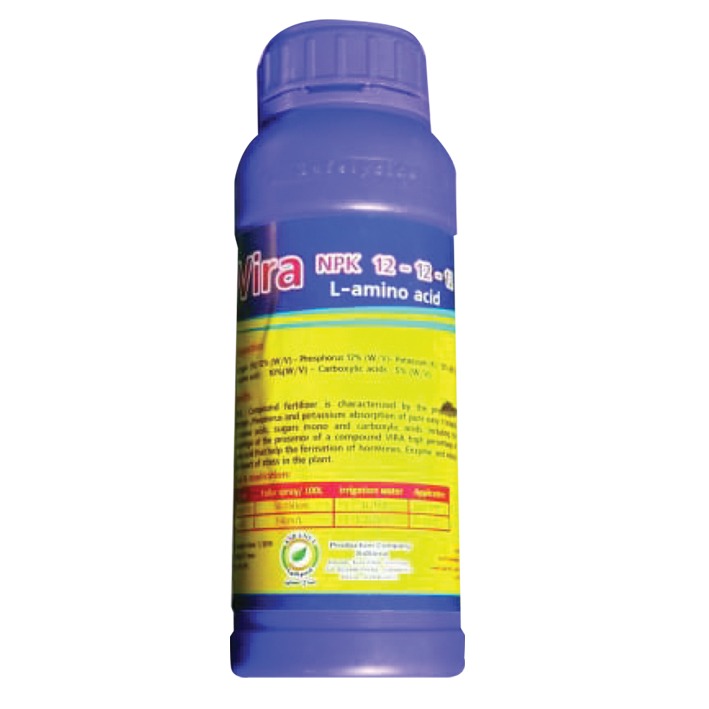

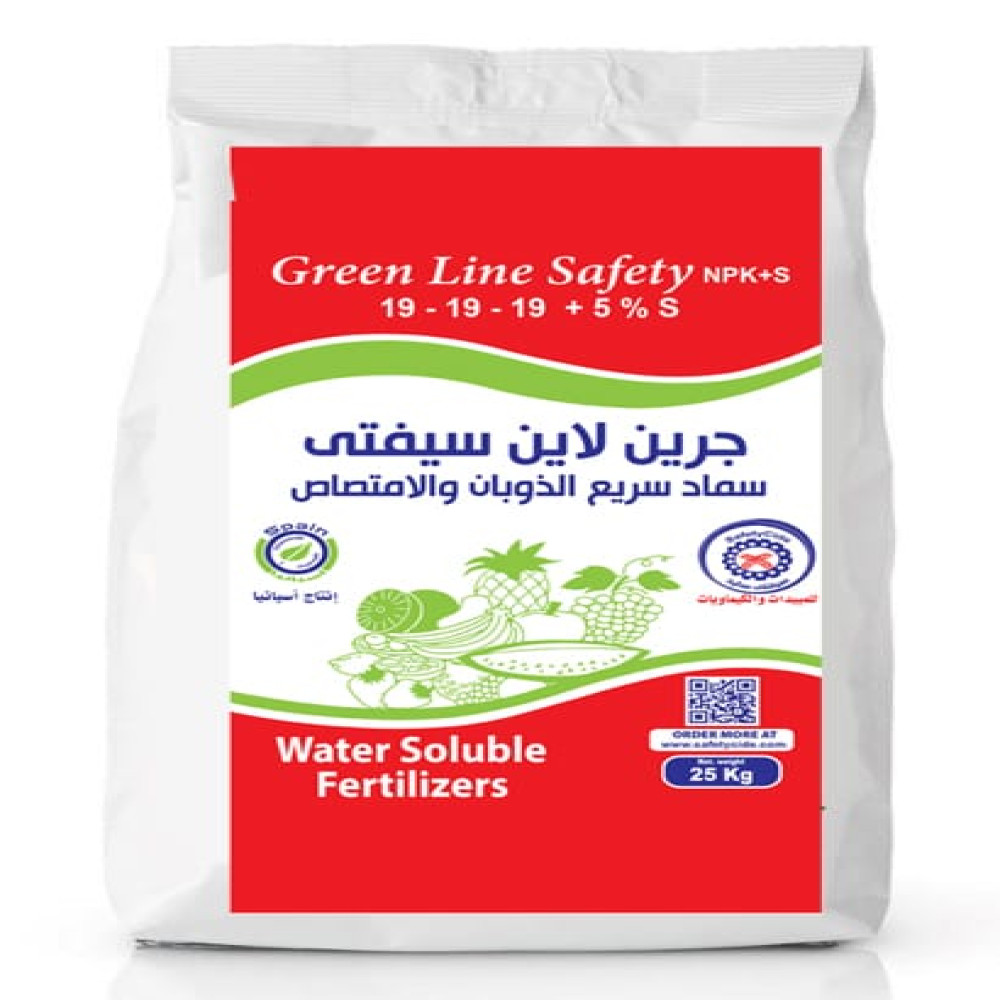
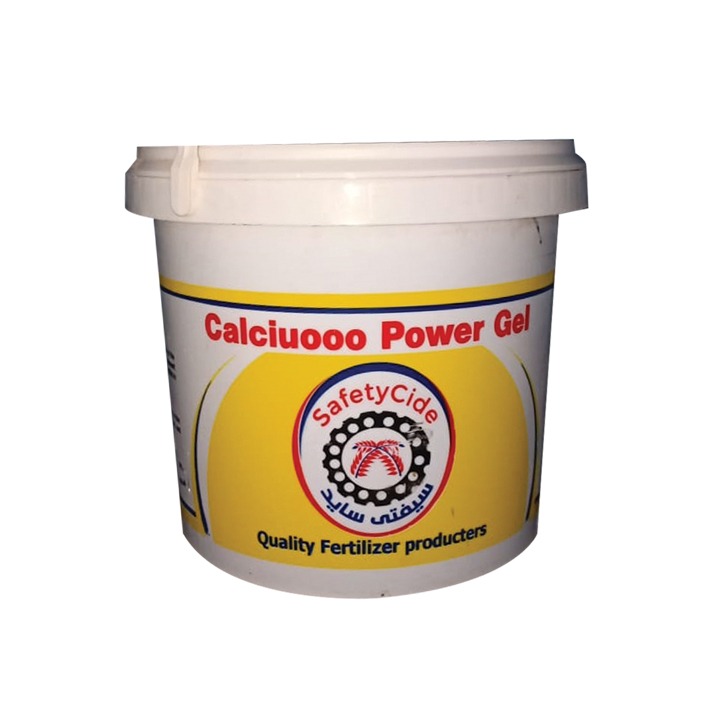
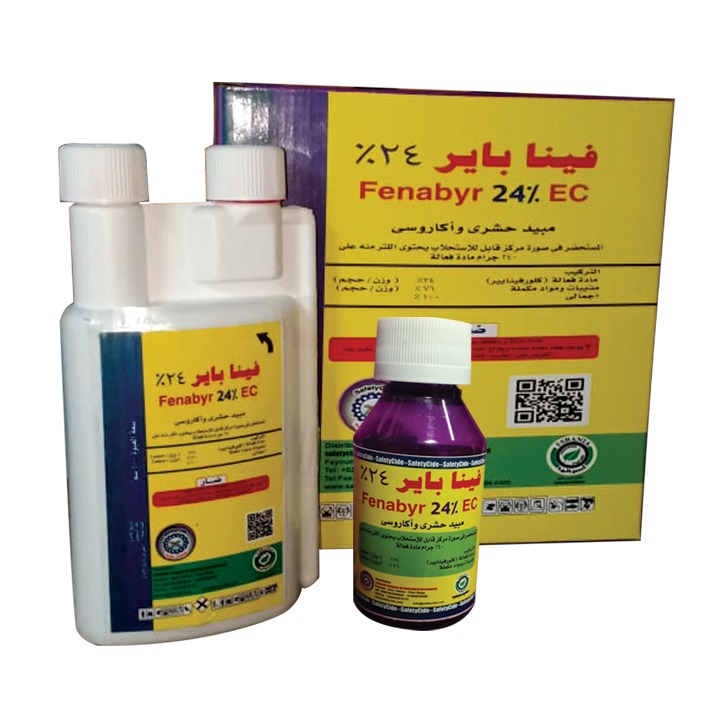

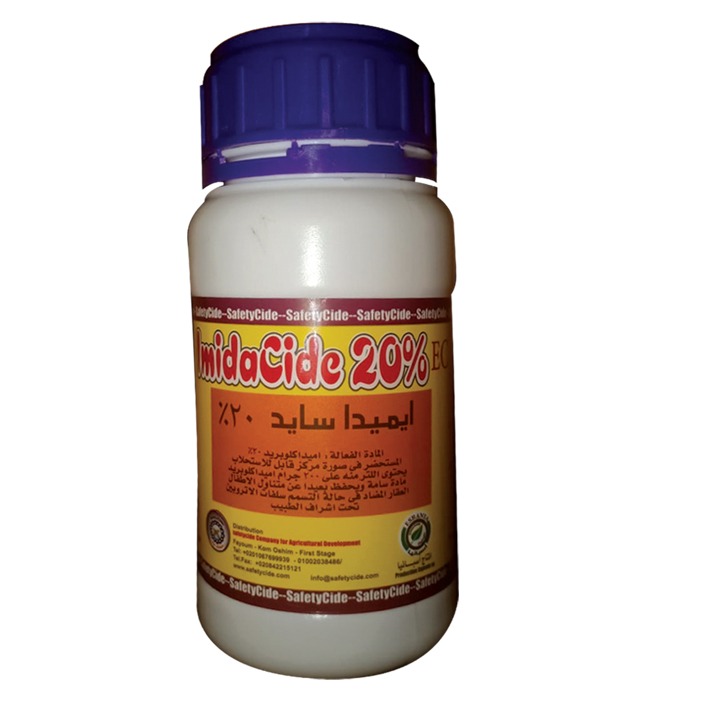
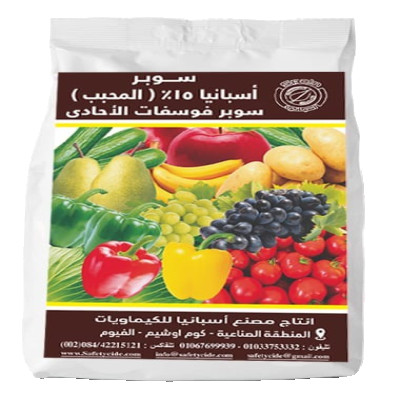
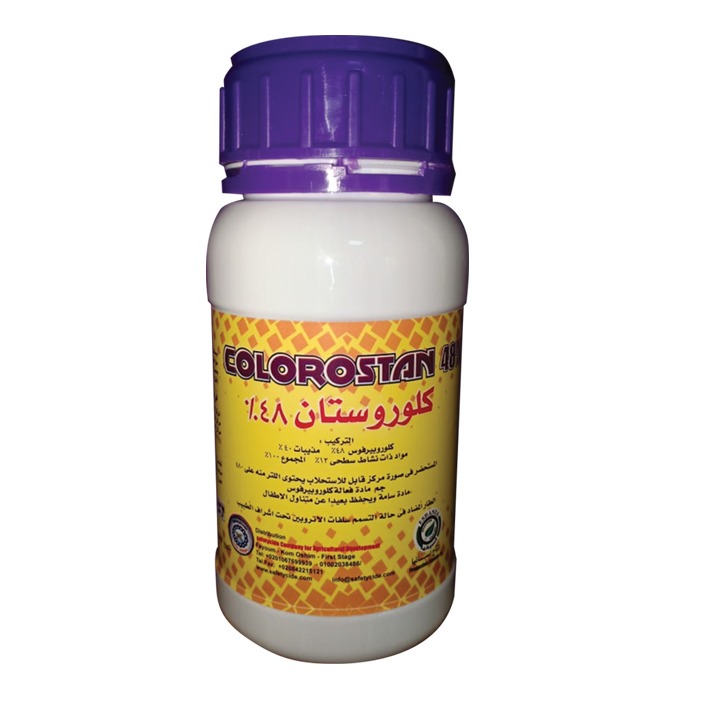

Reviews
There are no reviews yet.